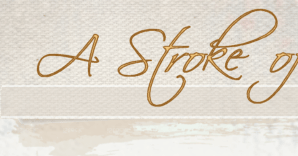|
Vignette Rule?
I am working on a commission in which I want to give a full view and vignette option to my client. The vignette's primary purpose is to allow the children to more fully fill the frame of the portrait and not be so small as they would be in a full bodied and full backgrounded version. In the full view, her leg and dress edge will provide the path keeping the eye in frame, but in the vignette I am missing this compositional element.
My question is, if I use the edge of the vignette, where color of clothing breaks over to where the edge of the vignette fades, as part of the composition to create a path back into the painting, will that be breaking any composition rules?
Here is the in-progress painting so far. The box and line show the vignette vesion's borders compared to the borders of the full view version which includes feet and steps.
|

